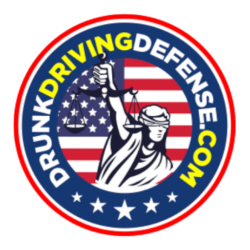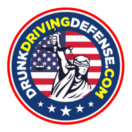What Are The Most Common Illegal Drugs In DUI / DWI / OUI / OWI-Drugs Cases?
|
||||||||||||||||||||||||||||||||||||||||||||||||||||||||||||||||||||||||||||||||||||||||||||||||||||||||||
More DUI Drugs Resources
If you’d like to learn more about DUI for illegal drugs, take a look at some of our comprehensive articles on the subject below:
|
||||||||||||||||||||||||||||||||||||||||||||||||||||||||||||||||||||||||||||||||||||||||||||||||||||||||||
If you’d like to learn more about DUI for illegal drugs, take a look at some of our comprehensive articles on the subject below:

